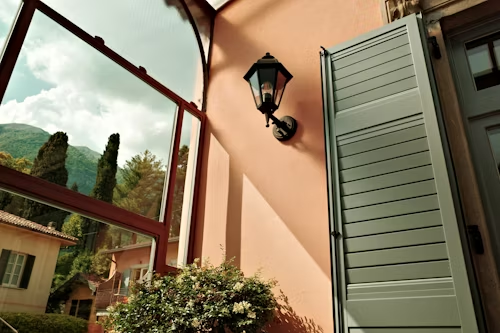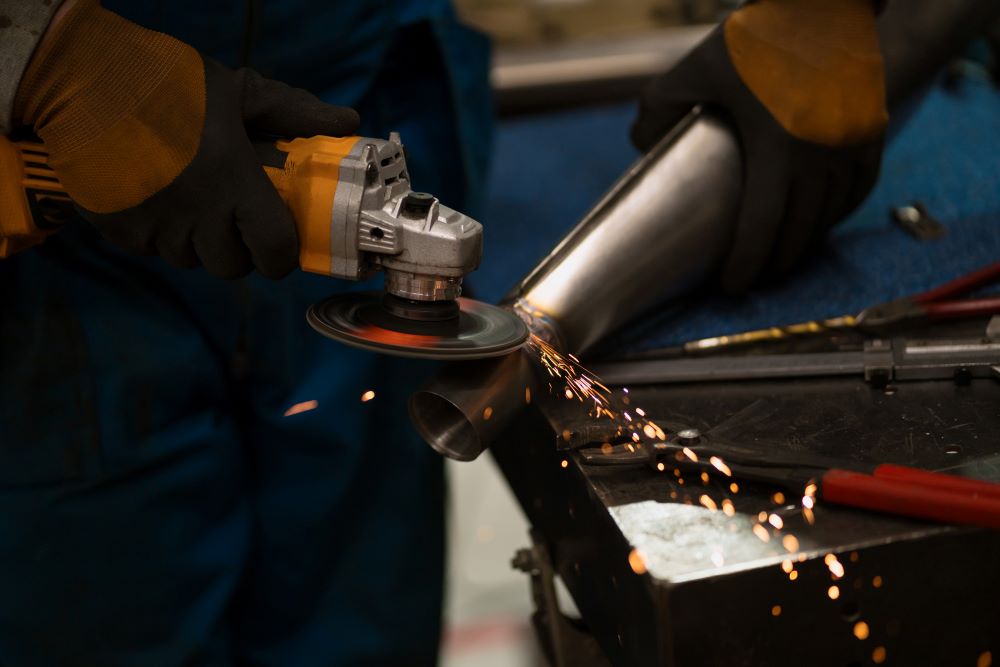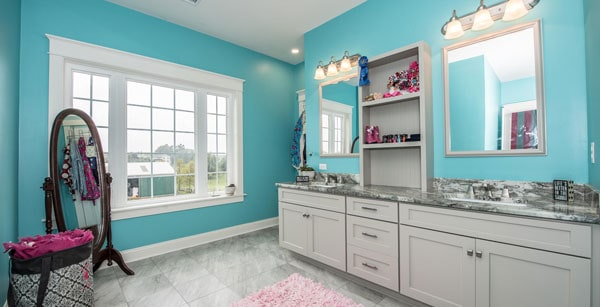Japanese kintsugi. Mexican papel picado. Indian block printing. These ancient craft techniques share a home at Artofzio.
Our studio started small. Just three friends with skills from different corners of the world. We worked from a basement with borrowed tools. That was five years ago.
Now Artofzio hosts twenty-three artisans. We come from twelve countries. Each brings traditional methods passed down through generations.
What Makes Artofzio Different
We don\’t separate crafts by type. Wood, metal, fiber, clay—all mix together in our space.
Most studios keep materials apart. We bring them together.
A Peruvian weaver teaches our woodworker new patterns. A Turkish ceramicist shows our jewelrymaker ancient glazing methods. This cross-pollination creates work you won\’t see anywhere else.
Some call our pieces \”fusion.\” At Artofzio, we just call them honest.
Our Workshop Journey
The path wasn\’t smooth. Our first space flooded twice. Equipment broke. Some early pieces failed.
We learned from these challenges.
Each culture represented at Artofzio brings problem-solving wisdom. Russian woodworkers taught us how to dry materials properly. Nigerian textile artists showed us natural dyes that wouldn\’t fade.
Now our workspace hums with activity. Six rooms. High ceilings. Natural light. Tools both ancient and modern.
Visitors often ask why we mix old techniques with new tools.
\”Tradition isn\’t static,\” explains Maria, our lead designer. \”Artisans have always adopted better tools when they could. We honor tradition through quality, not by making things needlessly difficult.\”
No Secrets Here
Craft traditions often stay guarded. Masters keep techniques hidden. At Artofzio, we break that pattern.
Every Friday, our doors open to visitors. Watch how we work. Ask questions. Touch materials.
\”I never understood what went into handmade objects until I saw someone making one,\” says Maya, a regular workshop participant. \”Now I can\’t look at crafts the same way.\”
We publish our methods online too. Free for anyone to learn.
This openness bothers some traditional artisans. We believe knowledge grows when shared.
The Home Story Box Partnership
Last month, they started working with Home Story Box. They create memory-keeping objects for families.
Their approach matched ours: respect for cultural heritage combined with practical modern use.
Together, we designed the \”Heritage Keeper\” collection. These boxes blend techniques from four traditions:
- Moroccan cedar woodworking
- Korean hanji paper
- Swedish birch carving
- West African textile patterns
Each box holds family treasures. Photos. Letters. Small mementos.
\”We didn\’t want generic containers,\” says the Home Story Box founder. \”Artofzio brings cultural depth to everyday objects. That\’s exactly what we needed.\”
The collaboration started with sketches. Then prototypes. Many failures led to the final designs.
Home Story Box brought knowledge about what families need to store. Artofzio contributed material expertise and cultural techniques.
Now the first hundred pieces are ready. Each one was different. Each one tells its own story.
Making Without Wasting
We use what others throw away.
Fabric scraps become new paper. Broken ceramics transform into mosaic materials. Wood shavings fuel our heating system.
An Aboriginal Australian technique taught us how to use every part of our materials. Nothing goes to waste.
This approach saves money. It also honors the resources we use.
Last year, Artofzio diverted two tons of material from landfills. We turned \”trash\” into art.
Learning Across Generations With Artofzio
In some parts of the world, craft skills disappear with each passing generation.
At Artofzio, we document everything. Video. Written instructions. Pattern books.
We also teach. Constantly.
Classes run every weekend. Ten dollars for materials. No experience needed.
Kids\’ classes happen on Sundays. Free for families who can\’t afford fees.
\”My daughter learned batik from Indonesia and block printing from India in one afternoon,\” says parent Jamie Chen. \”Now she combines both methods in her school projects.\”
Senior citizens get special workshop times. They often bring forgotten techniques we eagerly add to our collection.
The Objects We Make
What comes from all this cultural exchange?
Practical things. Beautiful things.
Bowls with Japanese joinery and Mexican patterns. Textiles using Finnish weaving with Indian color theory. Furniture that combines Chinese joinery with African carving.
Each piece from Artofzio carries stories. The story of its materials. The story of the hands that made it. The story of traditions meeting and creating something new.
\”Our most valuable product isn\’t the objects,\” says our founder. \”It\’s the new craft language we\’re building together.\”
Finding Us
Our studio sits in the old factory building on Pine Street. Look for the blue door with handmade copper handles.
We\’re open Tuesday through Sunday, 10 am to 6 pm.
The Home Story Box collaboration pieces appear in our front gallery now. Limited quantities available.
Why \”Artofzio\”?
People ask about our name.
\”Zio\” means \”uncle\” in Italian. It represents how skills pass through family lines. Not just blood relatives, but the broader human family.
Art connects us across borders. Different hands, same human creativity.
At Artofzio, this exchange happens daily. Old methods. New combinations. Real materials. True stories.
Drop by. Bring your hands. Learn something ancient. Make something new.












